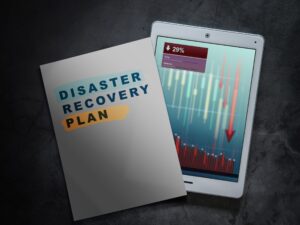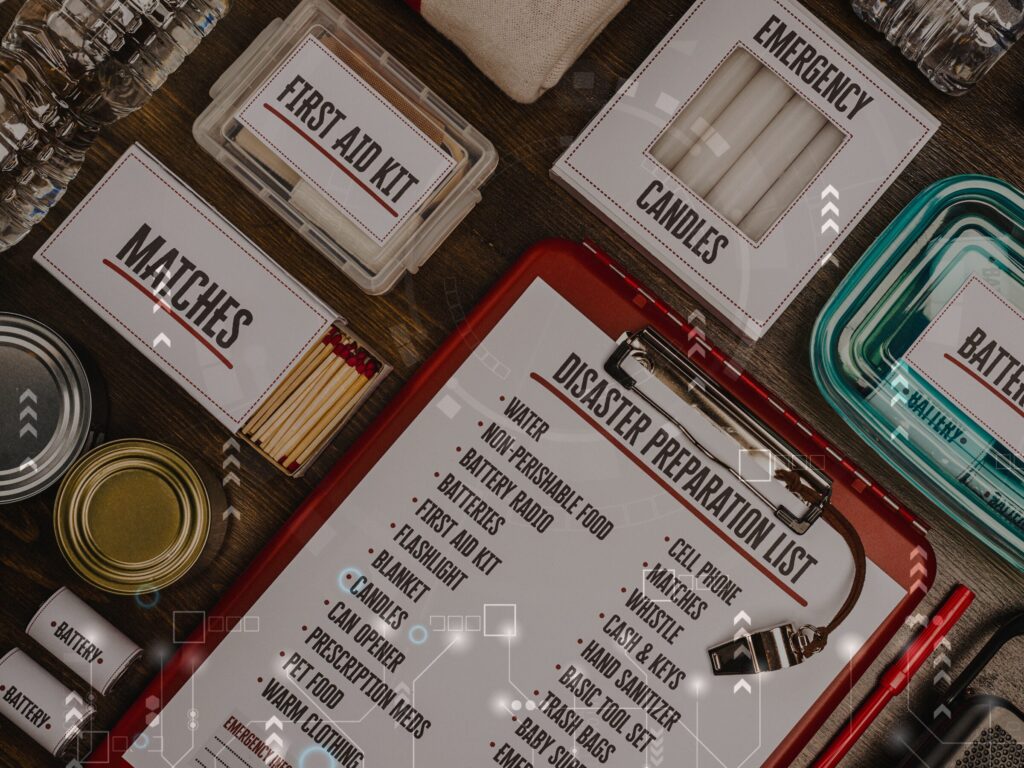When natural disasters occur, they are the ultimate market disruptor for the tourism industry. Destinations that are rich in biodiversity and geographical features face threats that extend beyond physical damages. The collateral consequences put a substantial strain on small business owners who have poured not only their funds but their souls into the development of an experience and results in a domino effect, often toppling businesses that are consumers to the products and services of this sector.
Imagine a shield of legality and electronic clarity that not only protects your business interests against the odds of nature’s mood changes. It’s not merely the act of acquiring waivers but the platform through which they are employed that makes all the difference. Your Wherewolf waiver system ensures you have immediate access to your business knowledge; you know exactly who is on each tour, when they left, what contraindications they have. You can contact your upcoming guests with information about their tours, your past guests with recovery updates and donation links, the emergency contacts of your current guests. What’s more, this information is available from anywhere in the world – not just a filing cabinet onsite.
Developing Your Crisis Management Plan
A comprehensive crisis management plan is your first line of defense in disaster readiness. It encompasses everything from proactive risk assessment to the nitty-gritty of post-event recovery. Here’s how to structure your plan:
Assessing Vulnerabilities
Acknowledge the geographical and environmental risks that your area faces. Take into account past events to gauge the probabilities. Consider the vulnerabilities of your facilities, technology, and supply chains.
Building a Team and Communication Structure
Appoint an internal crisis management team, each member with specific responsibilities and decision-making authority. Develop clear communication pathways, both internally and with external stakeholders, such as customers and local authorities.
Preparing Operational Protocols
Plan and document the necessary steps for various scenarios. This includes securing your premises, equipment, and confidential information, as well as procedures for evacuation, customer and employee safety, and the continuation of essential operations.
Establishing Continuous Monitoring and Evaluation
Crisis readiness is not a “set it and forget it” endeavor. Regularly review and update your plan as necessary. Stay informed about potential threats and make adjustments to improve your responses.

Fine-Tuning Your Communication Strategy
In a crisis, effective communication is vital. It can mean the difference between calm and chaos, confidence and confusion. Crafting a clear and empathetic crisis communication strategy is key to maintaining trust and ensuring the safety of those affected.
1) Early Warning System
Establish a way to alert your team to potential threats. This could be a monitoring service for local weather conditions or a community text alert system.
2) Internal Communication Protocol
When disaster strikes, clear communication within your organization is crucial. Ensure that all employees are aware of how they will be notified and what steps they need to take.
3) External Communication Plan
Have a detailed external communication plan in place. This includes what to say, when to say it, and who will convey the message. Be sure to cover all your bases, including traditional media, social media, guest emergency contacts, and direct customer contact through email or phone.
4) Training and Drills
Prepare your team with regular communication training and drills. Make sure everyone knows their roles and responsibilities, and practice rapid, effective decision-making and information dissemination.
Stocking Essential Emergency Supplies
Having the right emergency supplies can keep your business and its people afloat, both figuratively and literally. Depending on the type of business and the disaster risks, these supplies may include:
- Physical Emergency Supplies
Stockpile essentials such as first aid kits, potable water, non-perishable food, flashlights, batteries, and tools. Maintain an emergency shelter if your location is prone to extreme weather.
- Energy and Power Backups
Consider generators, solar chargers, and backup power systems for essential equipment. Invest in high-capacity power banks for smaller devices and communication tools.
- Technological Contingencies
Prepare for data security and continuity. Regularly back up critical data, and ensure that your systems and software can be accessed and operated remotely if necessary.
Implementing and Communicating SOPs for Customers
Your customers will look to you for clear guidance during a disaster. Here are the steps to prepare them and support their safety:
Documented Standard Operating Procedures (SOPs)
Create a set of standard operating procedures that detail the actions customers should take in a crisis. This can include how to access safety information, what to do in an evacuation, and how to communicate with your business during and after the event.
Pre-Trip Customer Education
Mandate or incentivize pre-trip orientation, where customers are briefed on safety procedures and the role your business will play in a disaster situation. This could be in the form of a document, a video, or an in-person seminar.
Providing Clear and Timely Updates
Keep your customers informed about any changes in your business operations, including re-openings, updates on their reservations, and what to expect during the recovery phase. Utilize every communication channel available to ensure the broadest reach.
Customer Safety is your Priority
Reiterate your commitment to customer safety and the steps you are taking to ensure their well-being during and after a disaster. Be prepared to address any customer inquiries with empathy and assistance.
Securing Insurance and Legal Liability
Insuring your business properly can be the financial lifeboat in the wake of a natural disaster.
A qualified business insurance agent can help you identify the appropriate coverage for your specific risks. Don’t skimp on policy details, and make sure you understand what is and isn’t covered. Work with a legal professional to draft clear waivers that protect your business in the event of calamity. Ensure that they are legally sound and effectively communicate the risks to your customers.
Just as with your crisis management plan, your insurance and legal documents need to be reviewed and updated to reflect changes in your business, regulations, and disaster risks.
Coordinating with Staff and Local Resources
In times of crisis, collaboration is paramount. Conduct regular training sessions to ensure your staff is equipped to handle emergencies and cover basic first aid, evacuation procedures, and the use of emergency equipment. Build strong relationships with local authorities, emergency services, and neighboring businesses to ensure a unified response to any disaster.
You can participate in local trade organizations and chambers of commerce to stay informed and connected – joint preparedness exercises or drills can help solidify these relationships! Promote community preparedness, volunteer in local disaster relief efforts, and participate in charitable activities that bolster collective resilience. Understand local emergency response protocols and know whom to contact for assistance. Register with any local business disaster response programs if available.
Foster a Culture of Safety and Preparedness
Promote safety awareness within your organization. Encourage personal disaster preparedness at home, as well as in the workplace. The more prepared your staff is individually, the better they can support your collective efforts.
Develop and communicate clear policies for supporting your staff during and after a disaster. This can include time off, counseling services, and financial assistance as necessary.
Post-Disaster Recovery and Business Continuity
Natural disasters can have lasting impacts on your business. The recovery phase is where your structured approach to crisis management truly proves its worth. Prioritize the safety of your staff and customers in all recovery efforts. Assess your premises for structural damage or any residual hazards before resuming operations.
Communication is key – maintain consistent communication with all stakeholders throughout the recovery process. Update them on your business’s status, any changes to your operations, and steps they should take. These people may need to take action themselves, or perhaps they can simply support your recovery. Either way, the value of communication should not be underestimated.
Work with your insurance provider to expedite claims and financial recovery. Identify and secure alternative facilities or supply chains if needed. Strive to return to normal business operations quickly but safely.
Afterwards, conduct a thorough postmortem of the crisis and your management efforts. Identify areas for improvement and make the necessary changes to strengthen your crisis management plan for the future.
Natural disasters are not just a question of “if,” but “when.” For small business owners, comprehensive crisis management is not just about survival—it’s about emerging stronger, more resilient, and more trusted by your customers and community than ever before. By following the steps outlined in this guide, you can take proactive control over a narrative that, in most instances, would otherwise be dictated by chaos and uncertainty. Wherewolf Waivers are secured on the Cloud and contain the critical information and tools you need to manage your guests, communicate with their emergency contacts, and identify risk.




















